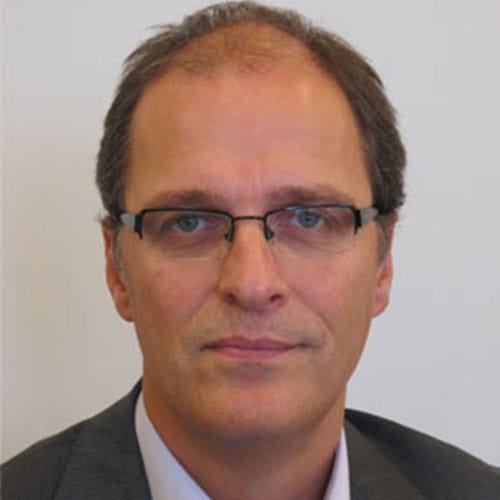Designing the record-breaking Fehmarnbelt tunnel
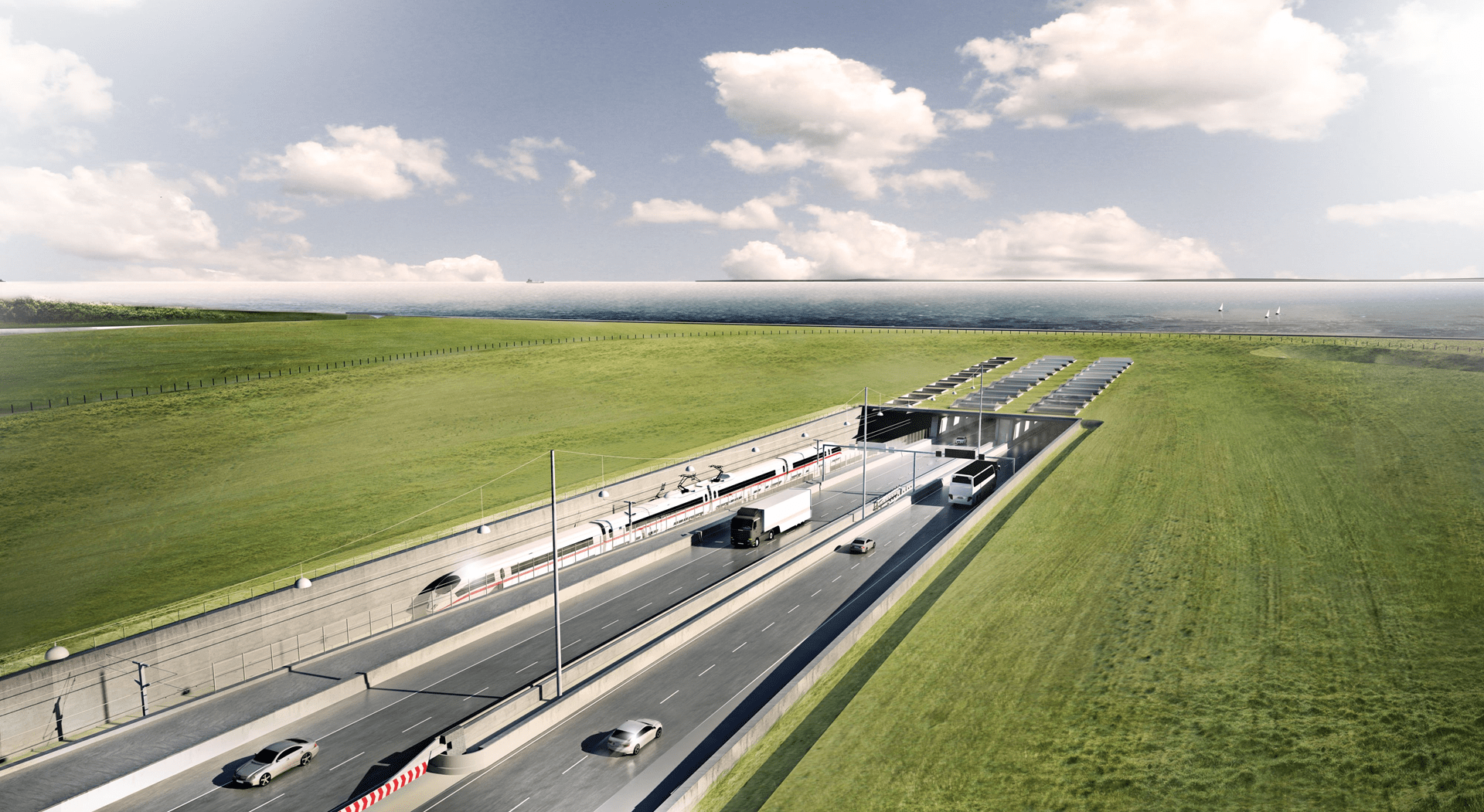
© Femern A/S
Linking Scandinavia to continental Europe
A 2008 treaty paved the way for a connection between Denmark and Germany. The link between Rødbyhavn in Denmark and Puttgarden in Germany will be an integral part of the European transport network, supporting trade and delivering economic and social benefits to the entire region.
Both during construction and once open, the Fehmarnbelt tunnel will support economic growth throughout the region, including the creation of jobs and apprenticeships. The project will help shape the training and experiences of new engineers, leaving a legacy of innovation and a drive to build with nature within the next generation.
To date, the Fehmarnbelt tunnel is one of the largest infrastructure projects in Europe, with a total budget of over € 7 billion.
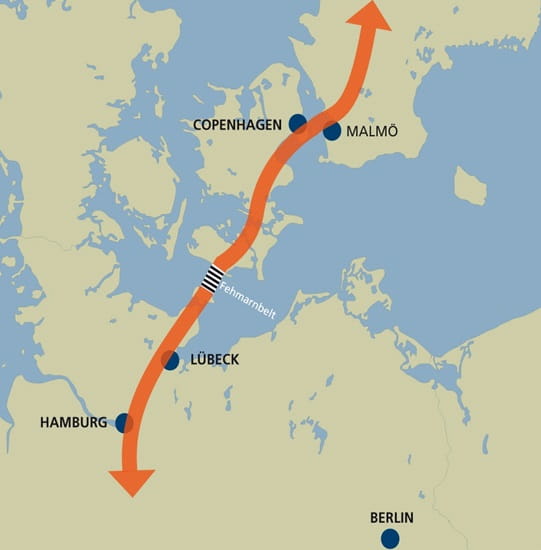
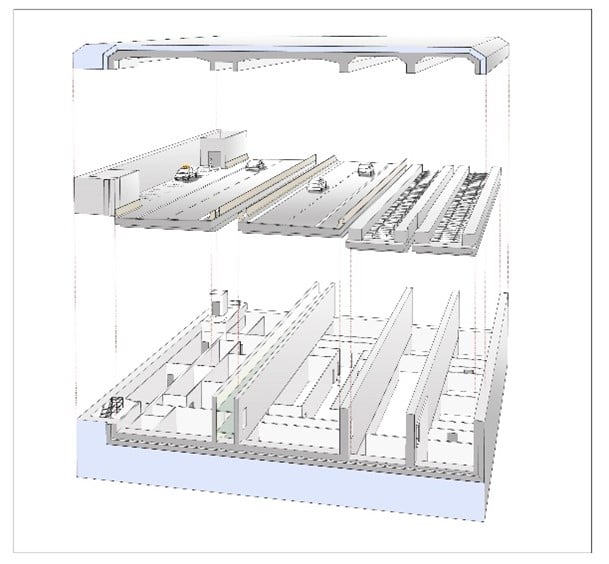
Engineering of a superstructure tunnel
The concrete tunnel will be constructed in 89 massive tunnel elements sunk into position 40 m below sea level - with a 15 mm precision. 79 of the elements will each be 217 m long, 42 m wide and weigh over 73,000 t. Another 10 so-called “special”, 2-storey elements will provide space to tunnel installations and systems and allow for convenient access maintenance staff. The center-to-center distance of the special elements is approx. 1.8km. The special elements will each be 39 m long, 46.5m wide and 13.5m high.
Bringing the Fehmarnbelt project to life
In a joint venture with Ramboll and Arup, TEC, took part in a competition to design the epic crossing between Denmark and Germany.
Instigated by state-owned organiser Femern A/S – established to plan, finance and deliver the Fehmarnbelt Link – the competition pitted our team against some of the world’s most innovative designers and engineering consultants. Our unique design was selected, and our joint venture tasked with delivering the conceptual design right through to procurement and supervision for this iconic connection.
Backed by appropriate scoping studies and cost assessment coupled with technical precision and aesthetic evaluations, this is a next generation tunnel design that will deliver a solution that is sound and robust in construction, operation, and maintenance for the next 120 years.
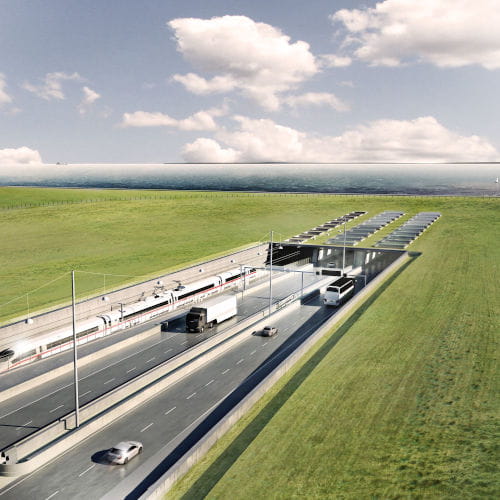
This record-breaking tunnel will have positive impact for individuals, who will save time on their commute, businesses who can switch to a quicker, shorter, more sustainable freight route, and the entire region as the connection brings economic growth and lowers carbon emissions.
Efficiency and sustainability of the tunnel
As part of the Trans-European Transport Network (TEN-T), the Fehmarnbelt Link will support the shift to sustainable transport by making it more competitive from European and regional perspectives. The tunnel will enable both freight and commuter traffic to use the shortest, fastest route – reducing CO2 emissions, freeing up capacity on roads and railways and moving freight from lorries to more environmentally-friendly electric trains.
The tunnel’s two-lane dual highway and dual railway will cut road and rail users’ journey time by about an hour each way compared to the current ferry crossing. The Fehmarnbelt tunnel will also be unimpeded by poor weather, ensuring a more reliable crossing.
Alongside the advantages of improved access to sustainable travel, the project is being constructed with great consideration for the environment and biodiversity. The reconstruction of stone reefs and addition of stone protection for the tunnel will create additional habitats for marine plant and animal life whilst green corridors will be created to support insects, flora and fauna such as amphibians and orchids.
Project facts Fehmarnbelt tunnel
- ClientFemern A/S
- LocationGermany, Denmark
- Date2008-present
- ChallengeDevelop a state-of-the-art immersed tunnel
- SolutionDesigning immersed tunnel
